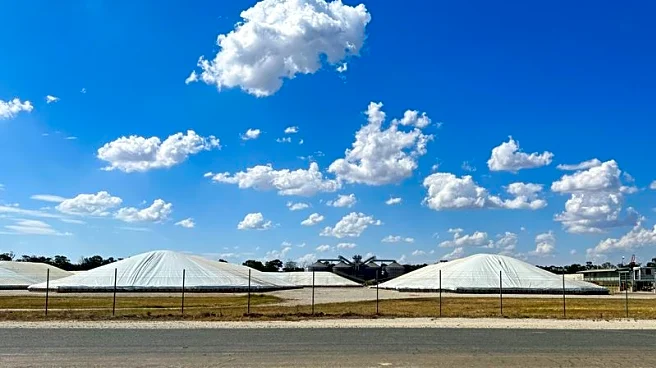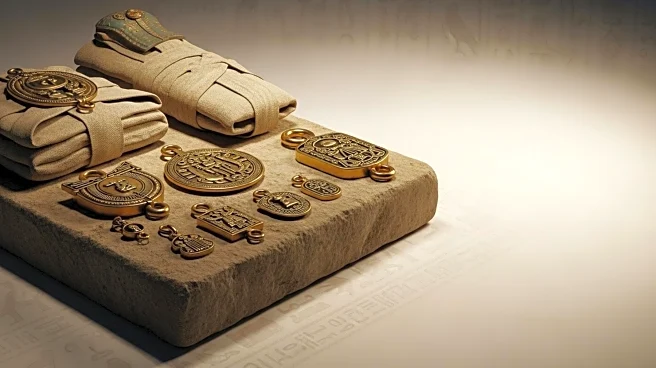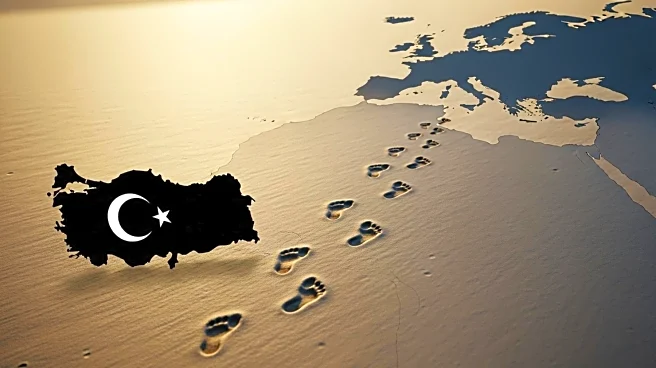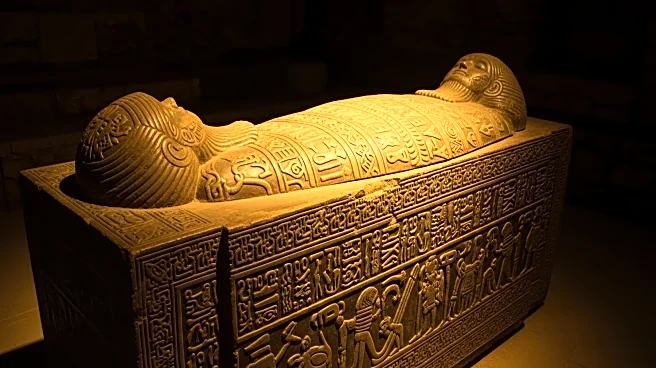What is the story about?
What's Happening?
A team of Turkish archaeologists has uncovered over 100 stone artifacts from ten sites along the Anatolian coast, suggesting the existence of a land bridge between Asia and Europe during the Paleolithic period. This discovery, published in The Journal of Island and Coastal Archaeology, challenges the traditional understanding of human migration routes into Europe, which were believed to primarily pass through the Levant and Balkans. The artifacts, including hand axes and Levallois flake tools, indicate that early humans may have used this now-submerged land bridge to migrate between regions during the Pleistocene epoch.
Why It's Important?
This discovery could significantly alter the narrative of human migration and evolution, providing evidence of alternative routes used by early humans. The presence of these artifacts in Ayvalık suggests that the region was part of broader technological traditions shared across Africa, Asia, and Europe. This finding opens new avenues for research into human dispersal patterns and technological evolution during the Pleistocene, potentially reshaping our understanding of prehistoric human movement and interaction.
What's Next?
Further research is needed to substantiate the theory of the land bridge, including artifact dating, stratigraphic excavations, and reconstructions of the ancient environment. These efforts may involve searching for additional artifacts on the seabed of the Aegean Sea. The findings could lead to a reevaluation of the region's role in early human history and migration.
AI Generated Content
Do you find this article useful?















